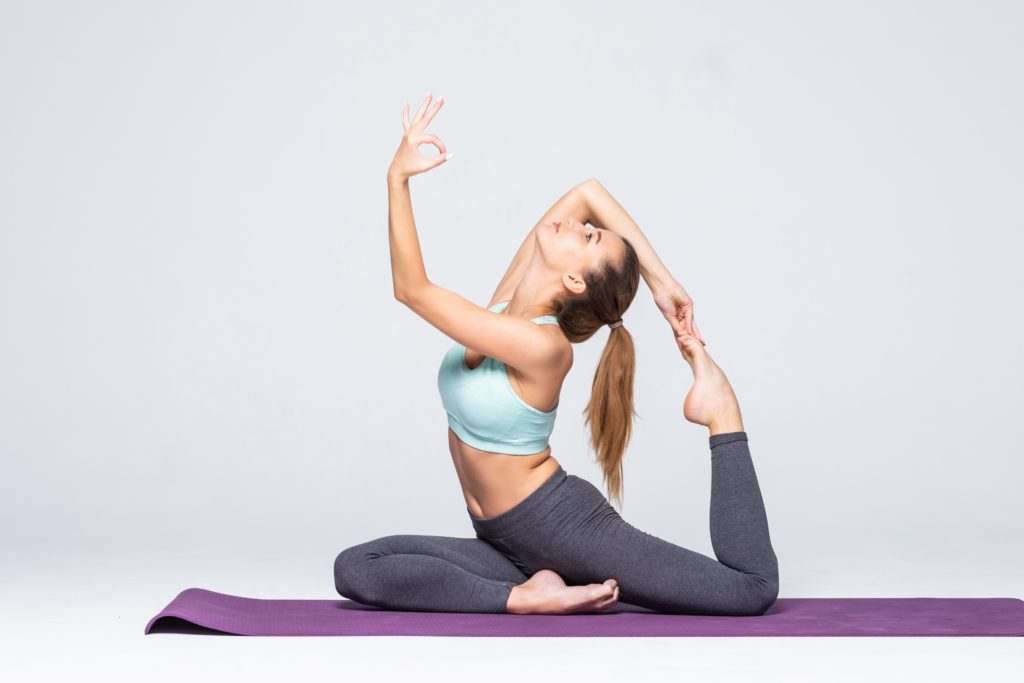Introduction
In the quest for holistic well-being, many individuals turn to yoga as a path to physical, mental, and spiritual balance. Yoga, an ancient practice rooted in India, offers numerous benefits, including improved flexibility, reduced stress, and enhanced overall health. But to truly achieve harmony in your yoga journey, it’s essential to explore complementary therapies that can help you attain a state of balance. One such approach is Panchakarma, an ancient Ayurvedic detoxification and rejuvenation therapy. In this blog, we will delve into how Panchakarma can play a pivotal role in enhancing your yoga practice, leading you towards a more profound sense of wellness and balance.
Understanding Panchakarma
Panchakarma, a term derived from the Sanskrit words ‘Pancha’ (meaning ‘five’) and ‘Karma’ (meaning ‘actions’), is a holistic Ayurvedic therapy designed to cleanse and rejuvenate the body. It involves a series of treatments and practices that aim to eliminate toxins, restore balance, and promote overall well-being. The five primary actions of Panchakarma include Vamana (emesis), Virechana (purgation), Basti (enema therapy), Nasya (nasal cleansing), and Raktamokshana (bloodletting).
The Connection Between Yoga and Panchakarma

Yoga and Ayurveda share a deep-rooted connection, with both systems originating in ancient India. While yoga primarily focuses on the mind-body connection through postures, breathing exercises, and meditation, Ayurveda, the science of life, focuses on holistic healing through a balanced lifestyle, diet, and herbal medicine. Panchakarma is one of the many tools Ayurveda employs to maintain and restore physical and mental equilibrium. Here’s how the synergy between yoga and Panchakarma can enhance your well-being:
- Detoxification and Purification: Yoga practice promotes the natural detoxification of the body through movements and breath control. Panchakarma, however, takes detoxification to a more profound level by targeting accumulated toxins and impurities in the body’s tissues and organs. This cleansing process helps prepare your body for the deeper experiences that yoga can offer.
- Improved Flexibility and Mobility: The physical practices in yoga, such as asanas (postures) and pranayama (breathing exercises), can enhance flexibility and mobility. Panchakarma can further facilitate these benefits by releasing stiffness and tension in the muscles and joints, allowing you to deepen your yoga practice.
- Emotional Balance: Yoga encourages emotional well-being by calming the mind and reducing stress. Panchakarma complements this by working on the emotional and mental aspects of health. It can help release pent-up emotions and stress, leading to a more profound sense of inner peace and emotional balance, which is crucial for a fulfilling yoga practice.
- Enhanced Digestion and Energy Levels: A crucial aspect of yoga is maintaining a healthy digestive system and energy flow. Panchakarma treatments, particularly Basti (enema therapy), can improve digestion, thereby enhancing your energy levels and stamina for yoga sessions.
- Clearing the Path to Meditation: Yoga often serves as a gateway to meditation, allowing you to reach a higher state of consciousness. Panchakarma’s ability to calm the mind and promote emotional balance can clear the path for a more profound meditation experience.
Implementing Panchakarma in Your Yoga Practice
If you are interested in incorporating Panchakarma into your yoga journey, here are some essential steps to consider:
- Consult an Ayurvedic Practitioner: Before embarking on a Panchakarma journey, consult with a qualified Ayurvedic practitioner. They will assess your constitution (Prakriti) and any imbalances (Vikriti) to create a personalized Panchakarma plan.
- Select the Right Panchakarma Treatments: Work with your practitioner to determine which Panchakarma treatments align best with your yoga goals. The choice may include therapies like Abhyanga (oil massage), Shirodhara (oil treatment on the forehead), or Basti.
- Plan Your Schedule: Panchakarma is a multi-step process that typically spans several days or weeks. Coordinate with your yoga practice to ensure a seamless integration of the two.
- Embrace the Healing Journey: Embrace the cleansing process, which may involve dietary changes, herbal supplements, and specific treatments. Stay committed to your yoga practice during this time, as it can provide essential support.
- Post-Panchakarma Maintenance: After completing your Panchakarma program, maintain the balance achieved by incorporating Ayurvedic principles into your daily life, which can include dietary choices, herbal supplements, and yoga routines.
Conclusion
Yoga and Panchakarma, two ancient Indian systems of well-being, complement each other beautifully. By merging the cleansing and rejuvenating power of Panchakarma with the physical and mental balance offered by yoga, you can embark on a transformative journey towards a deeper sense of wellness and harmony. The key lies in embracing these ancient practices and weaving them into a holistic approach to health. In the pursuit of balance and wellness, remember that yoga and Panchakarma can work hand in hand to help you achieve a more profound state of physical, mental, and spiritual well-being.







